Textile Pressure Sensor Made of Flexible Plastic Optical Fibers
Abstract
:1. Introduction
2. Experimental Section
2.1. Extrusion and coating of silicone fiber
2.2. Light attenuation measurement
2.2. Manufacturing of weave
2.3. Measurement set-up light in-coupling and detection
2.4. Force measurements
- measuring the relation of force versus sensor signal for 0.51 (0-20 N) and 0.98 mm fiber fabric (0-30 N) just at a single POF intersection
- measuring the signal drift behavior for both weaves, when a cyclic load (20 N) was applied
- measuring the location sensitivity of the 0.98 mm fabric when pressed at POF intersections 1, 3, 7 and 9 and also at non-intersections 2, 4, 5, 6 and 8 (20 N)
- measuring the sensor response of the 0.98 mm weave when contacted (20 N) at locations 1, 3, 7 and 9 – with all four LED ON
- and measuring the same sensor response when contacted at locations 1, 3, 7 and 9 – with LED no. 1 and 2 ON, 3 and 4 OFF, respectively.
3. Results and Discussion
3.1. Measurement of applied force versus sensor signal
3.2. Measurement of drift
3.3. Spatial resolution
3.4. Light coupling between fibers
4. Conclusion
Acknowledgments
References and Notes
- Catrysse, M.; Puers, R.; Hertleer, C.; Van Langenhove, L.; van Egmond, H.; Matthys, D. Towards the integration of textile sensors in a wireless monitoring suit. Sensors and Actuators A-Physical 2004, 114, 302–311. [Google Scholar]
- Marculescu, D.; Marculescu, R.; Zamora, N.H.; Stanley-Marbell, P.; Khosla, P.K.; Park, S.; Jayaraman, S.; Jung, S.; Lauterbach, C.; Weber, W.; Kirstein, T.; Cottet, D.; Grzyb, J.; Troster, G.; Jones, M.; Martin, T.; Nakad, Z. Electronic textiles: A platform for pervasive computing. Proceedings of the IEEE 2003, 91, 1995–2018. [Google Scholar]
- Tang, S.L.P. Recent developments in flexible wearable electronics for monitoring applications. Transactions of the Institute of Measurement and Control 2007, 29, 283–300. [Google Scholar]
- Clemens, F.; Wegmann, M.; Graule, T.; Mathewson, A.; Healy, T.; Donnelly, J.; Ullsperger, A.; Hartmann, W.; Papadas, C. Computing fibers: A novel fiber for intelligent fabrics? Advanced Engineering Materials 2003, 5, 682–687. [Google Scholar]
- Cochrane, C.; Koncar, V.; Lewandowski, M.; Dufour, C. Design and development of a flexible strain sensor for textile structures based on a conductive polymer composite. Sensors 2007, 7, 473–492. [Google Scholar]
- Mattmann, C.; Clemens, F.; Tröster, G. Sensor for Measuring Strain in Textile. Sensors 2008, 8, 3719–3732. [Google Scholar]
- Tognetti, A.; Bartalesi, R.; Lorussi, F.; De Rossi, D. Body segment position reconstruction and posture classification by smart textiles. Transactions of the Institute of Measurement and Control 2007, 29, 215–253. [Google Scholar]
- Sergio, M.; Manaresi, N.; Nicolini, M.; Gennaretti, D.; Tartagni, M.; Guerrieri, R. A textile-based capacitive pressure sensor. Sensor Letters 2004, 2, 153–160. [Google Scholar]
- Wijesiriwardana, R.; Mitcham, K.; Hurley, W.; Dias, T. Capacitive fiber-meshed transducers for touch and proximity-sensing applications. IEEE Sensors Journal 2005, 5, 989–994. [Google Scholar]
- Sawhney, A.; Agrawal, A.; Lo, T.C.; Patra, P.K.; Chen, C.H.; Calvert, P. Soft-structured sensors and connectors by inkjet printing. Aatcc Review 2007, 7, 42–46. [Google Scholar]
- Mundt, C.W.; Montgomery, K.N.; Udoh, U.E.; Barker, V.N.; Thonier, G.C.; Tellier, A.M.; Ricks, R.D.; Darling, R.B.; Cagle, Y.D.; Cabrol, N.A.; Ruoss, S.J.; Swain, J.L.; Hines, J.W.; Kovacs, G.T.A. A multiparameter wearable physiologic monitoring system for space and terrestrial applications. IEEE Transactions on Information Technology in Biomedicine 2005, 9, 382–391. [Google Scholar]
- Zieba, J.; Frydrysiak, M. Textronics - Electrical and electronic textiles. Sensors for breathing frequency measurement. Fibres & Textiles in Eastern Europe 2006, 14, 43–48. [Google Scholar]
- Wijesiriwardana, R. Inductive fiber-meshed strain and displacement transducers for respiratory measuring systems and motion capturing systems. IEEE Sensors Journal 2006, 6, 571–579. [Google Scholar]
- Diamond, D.; Coyle, S.; Scarmagnani, S.; Hayes, J. Wireless sensor networks and chemo-/biosensing. Chemical Reviews 2008, 108, 652–679. [Google Scholar]
- Rothmaier, M.; Selm, B.; Spichitg, S.; Haensse, D.; Wolf, M. Photonic Textiles for Pulse Oximetry. Optics Express 2008. submitted. [Google Scholar]
- Carpi, F.; De Rossi, D. Electroactive polymer-based devices for e-textiles in biomedicine. IEEE Transactions on Information Technology in Biomedicine 2005, 9, 295–318. [Google Scholar]
- Jenstrom, D.T.; Chen, C.L. A FIBER OPTIC MICROBEND TACTILE SENSOR ARRAY. Sensors and Actuators 1989, 20, 239–248. [Google Scholar]
- Emge, S.R.; Chen, C.L. 2-DIMENSIONAL CONTOUR IMAGING WITH A FIBER OPTIC MICROBEND TACTILE SENSOR ARRAY. Sensors and Actuators B-Chemical 1991, 3, 31–42. [Google Scholar]
- El-Sherif, M.; Fidanboylu, K.; El-Sherif, D.; Gafsi, R.; Yuan, J.; Richards, K.; Lee, C. A novel fiber optic system for measuring the dynamic structural behavior of parachutes. Journal of Intelligent Material Systems and Structures 2000, 11, 351–359. [Google Scholar]
- El-Sherif, M.A.; Yuan, J.M.; MacDiarmid, A. Fiber optic sensors and smart fabrics. Journal of Intelligent Material Systems and Structures 2000, 11, 407–414. [Google Scholar]
- Heo, J.S.; Chung, J.H.; Lee, J.J. Tactile sensor arrays using fiber Bragg grating sensors. Sensors and Actuators A-Physical 2006, 126, 312–327. [Google Scholar]
- Muhs, J.D. SILICONE-RUBBER FIBER OPTIC SENSORS. Photonics Spectra 1992, 26, 98–101. [Google Scholar]
- Flipsen, T.A.C.; Pennings, A.J.; Hadziioannou, G. Polymer optical fiber with high thermal stability and low optical losses based on novel densely crosslinked polycarbosiloxanes. Journal of Applied Polymer Science 1998, 67, 2223–2230. [Google Scholar]
- Ziemann, O.; Krauser, J.; Zamzow, P.E.; Daum, W. POF-Handbook; Springer: Berlin, 2008. [Google Scholar]
- Sumriddetchkajorn, S.; Chaitavon, K. Scalable highly-sensitive optical touch keyboards. Optical Engineering 2006, 45, 6. [Google Scholar]
- Ascari, L.; Corradi, P.; Beccai, L.; Laschi, C. A miniaturized and flexible optoelectronic sensing system for tactile skin. Journal of Micromechanics and Microengineering 2007, 17, 2288–2298. [Google Scholar]
- Begej, S. PLANAR AND FINGER-SHAPED OPTICAL TACTILE SENSORS FOR ROBOTIC APPLICATIONS. IEEE Journal of Robotics and Automation 1988, 4, 472–484. [Google Scholar]
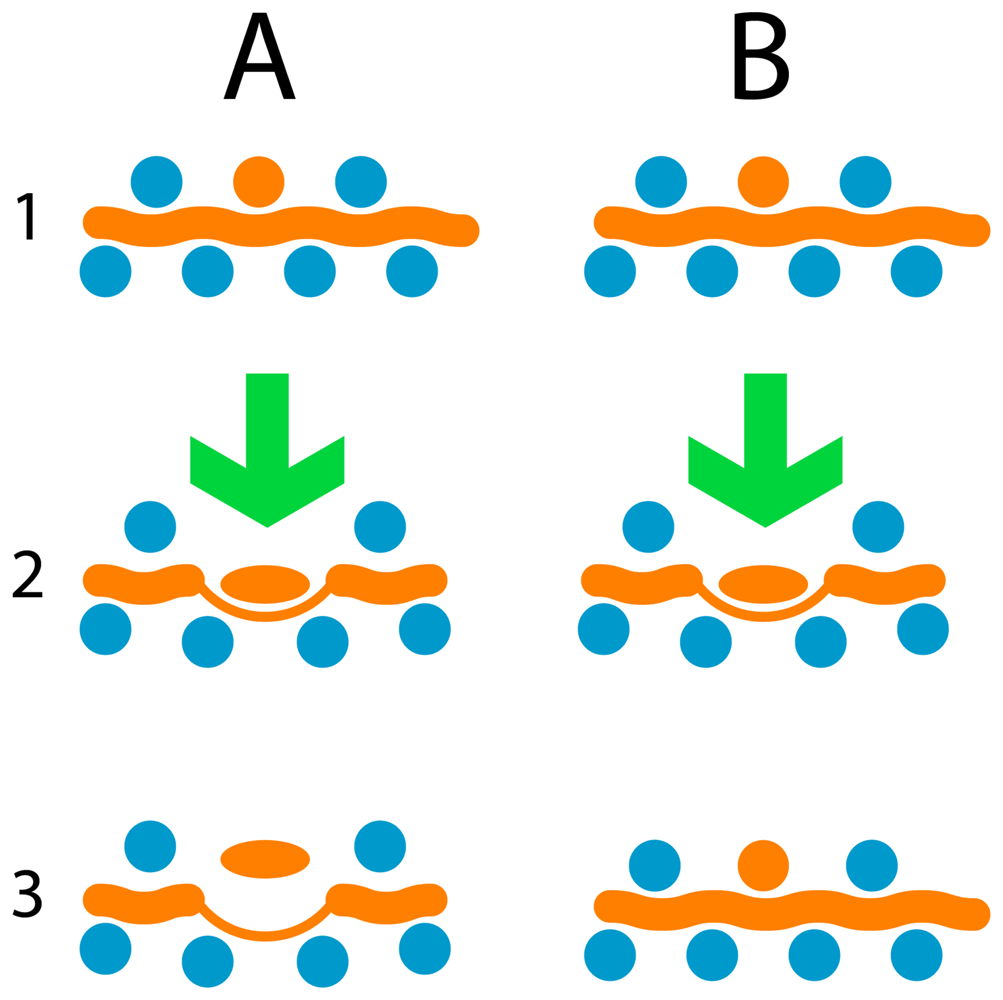
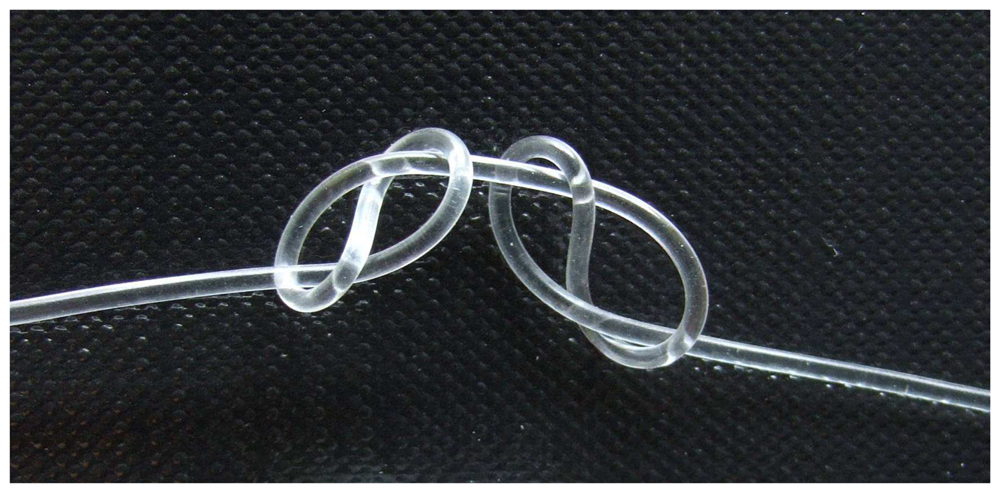
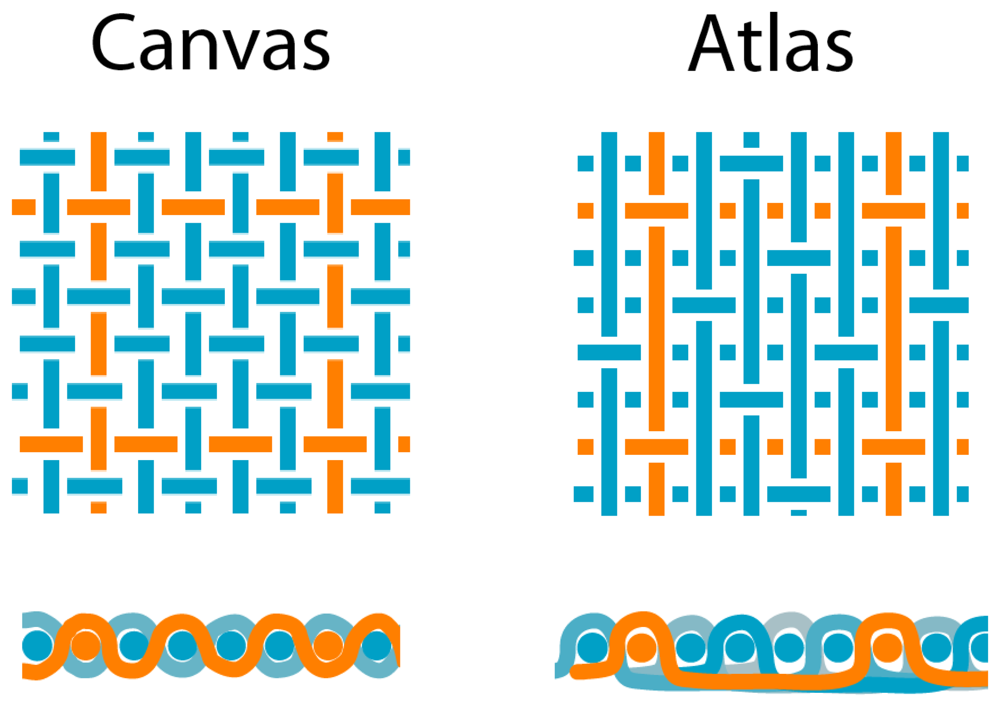
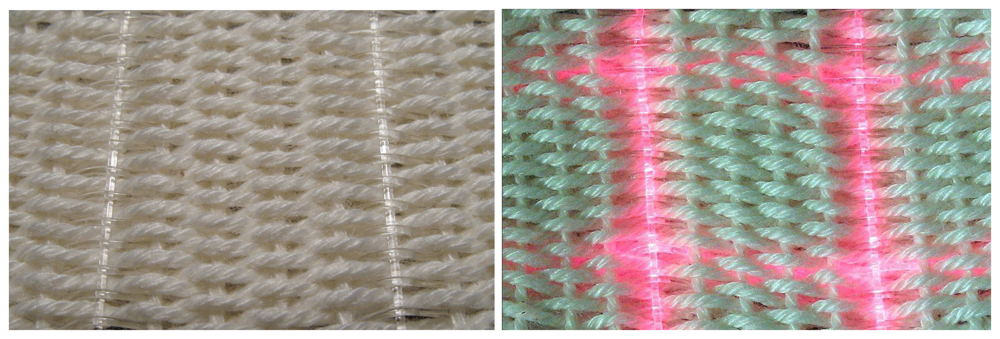
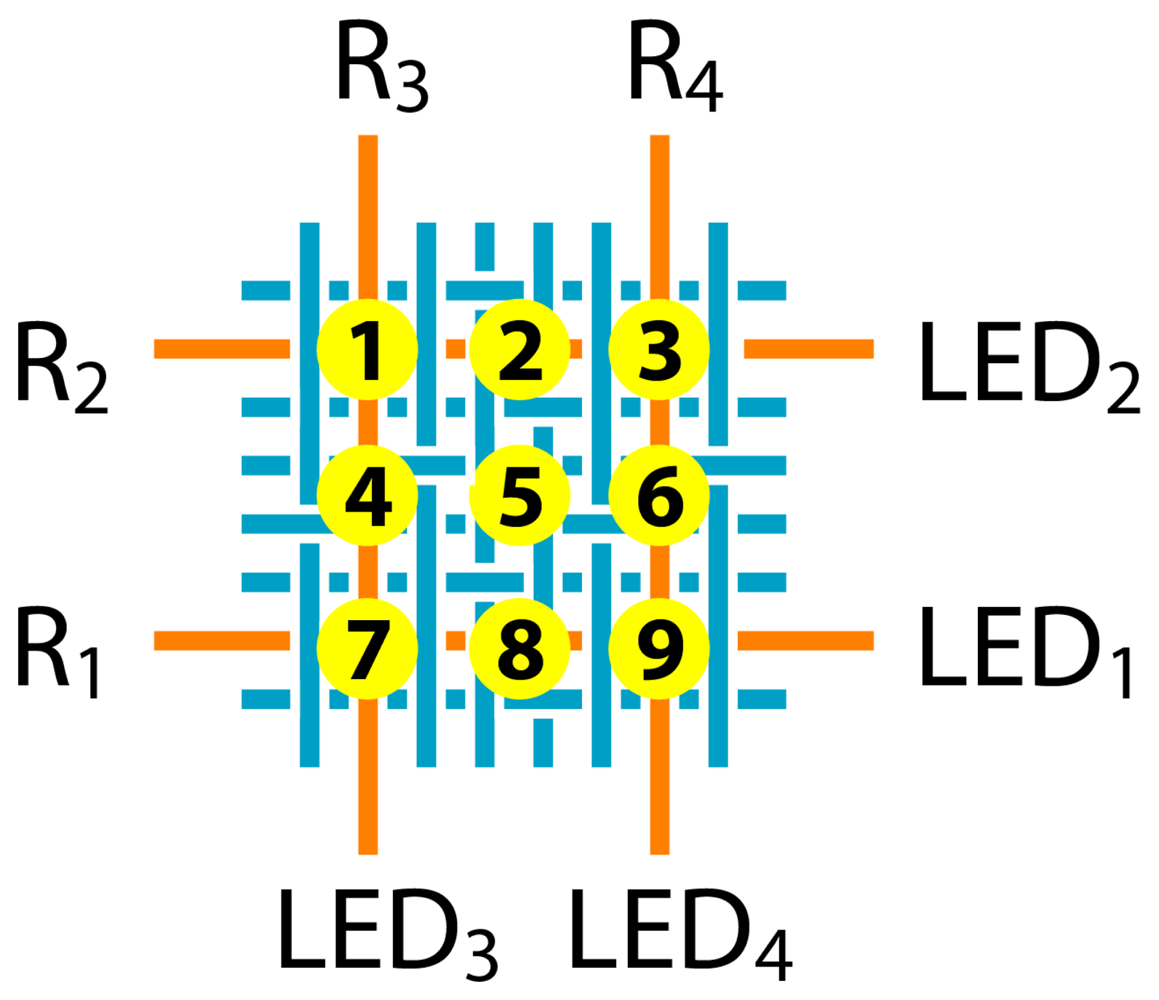
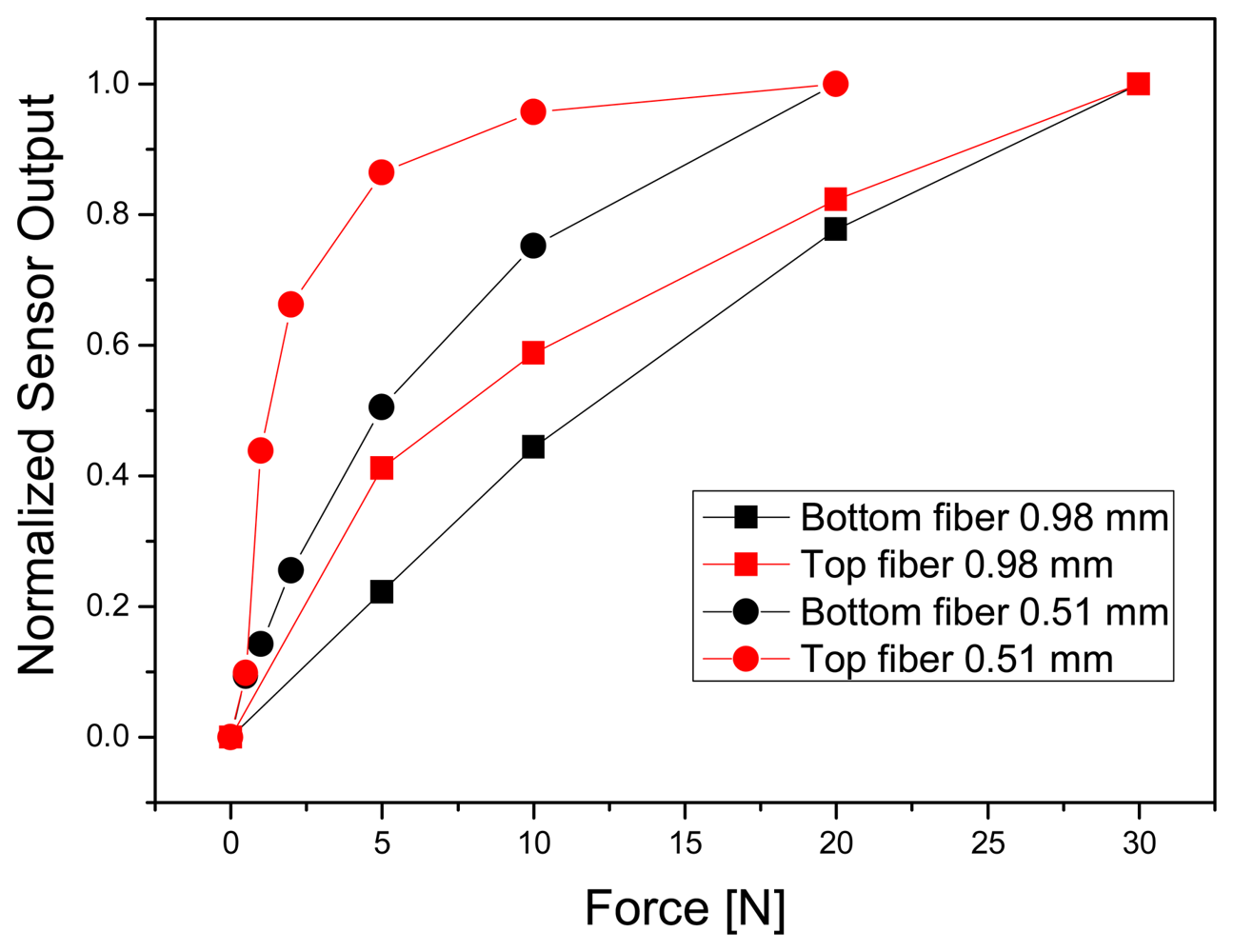
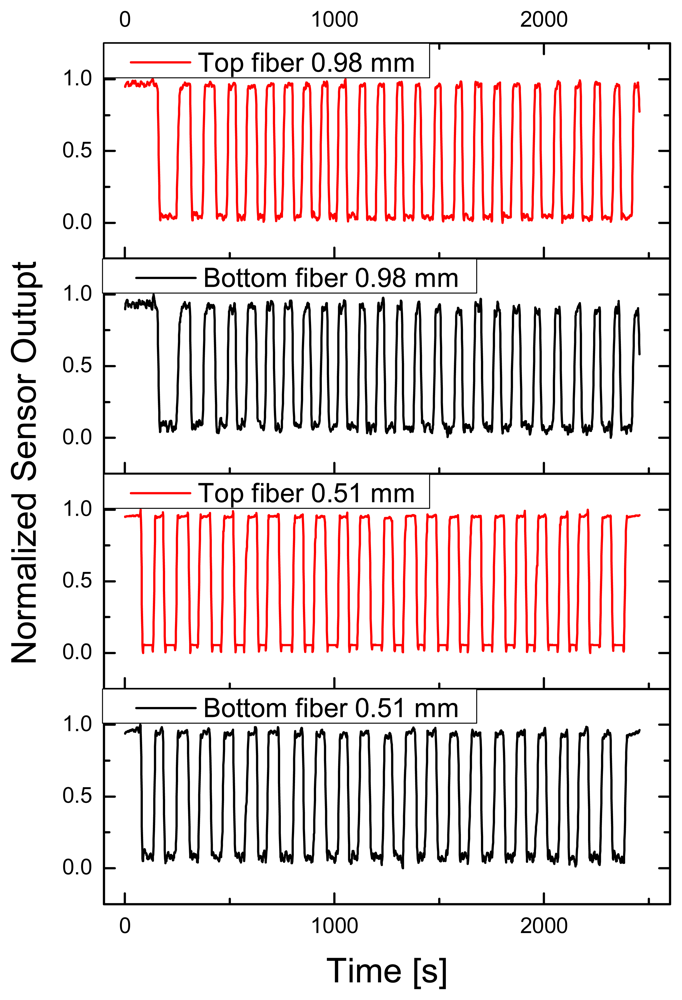
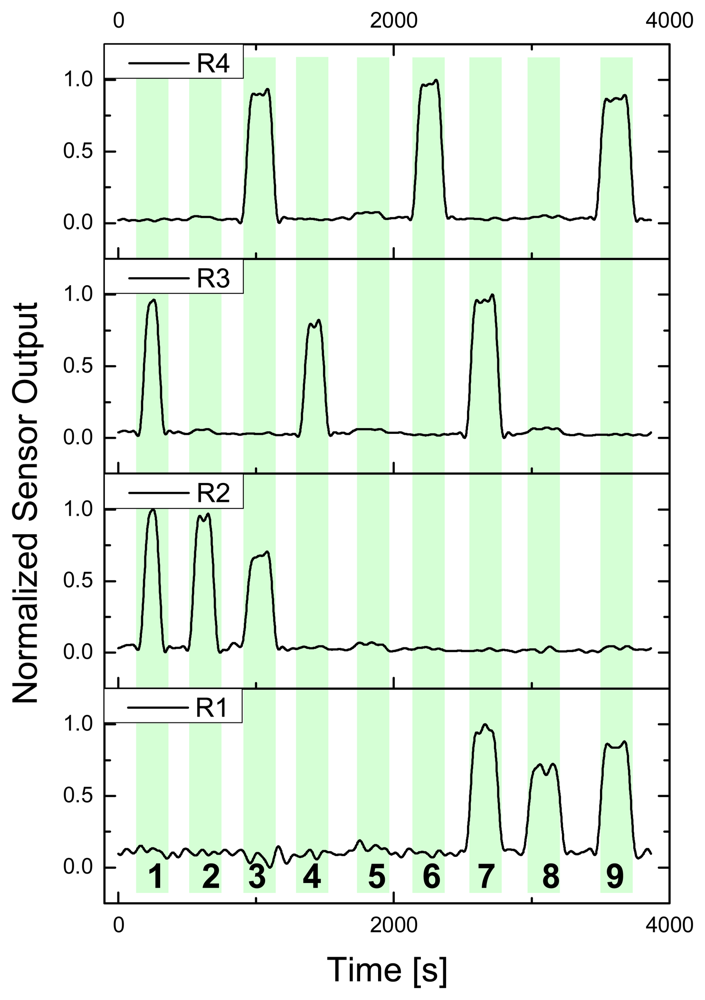
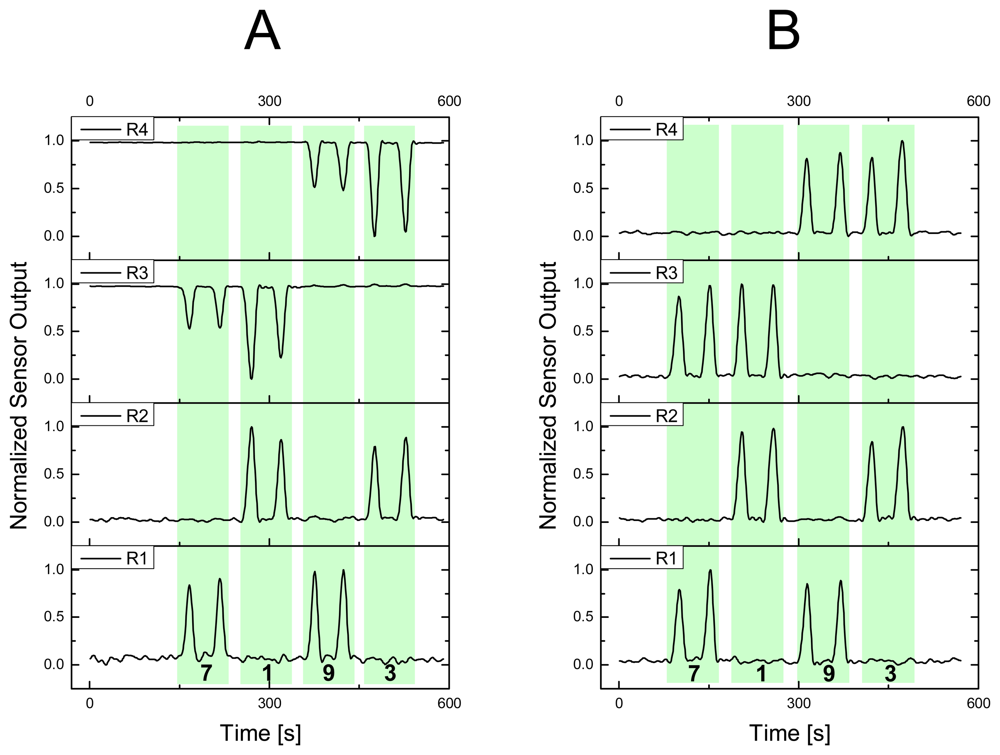
| 0.51 mm Top | 0.51 mm Bottom | 0.98 mm Top | 0.98 mm Bottom | |
|---|---|---|---|---|
| Drift [%] pressure applied | 0.6 ± 0.2 | 1.8 ± 0.3 | 0.2 ± 0.1 | 4.6 ± 0.6 |
| Drift [%] no pressure | 0.2 ± 0.1 | 0.6 ± 0.1 | 0.5 ± 0.2 | 2.8 ± 0.5 |
© 2008 by the authors; licensee Molecular Diversity Preservation International, Basel, Switzerland. This article is an open-access article distributed under the terms and conditions of the Creative Commons Attribution license (http://creativecommons.org/licenses/by/3.0/).
Share and Cite
Rothmaier, M.; Luong, M.P.; Clemens, F. Textile Pressure Sensor Made of Flexible Plastic Optical Fibers. Sensors 2008, 8, 4318-4329. https://doi.org/10.3390/s8074318
Rothmaier M, Luong MP, Clemens F. Textile Pressure Sensor Made of Flexible Plastic Optical Fibers. Sensors. 2008; 8(7):4318-4329. https://doi.org/10.3390/s8074318
Chicago/Turabian StyleRothmaier, Markus, Minh Phi Luong, and Frank Clemens. 2008. "Textile Pressure Sensor Made of Flexible Plastic Optical Fibers" Sensors 8, no. 7: 4318-4329. https://doi.org/10.3390/s8074318




